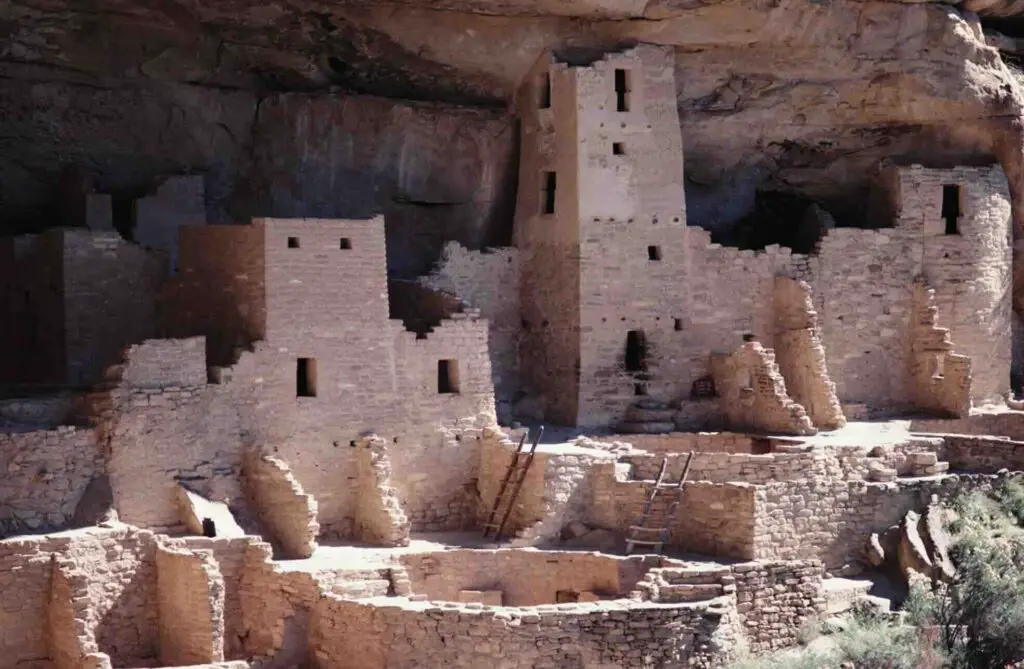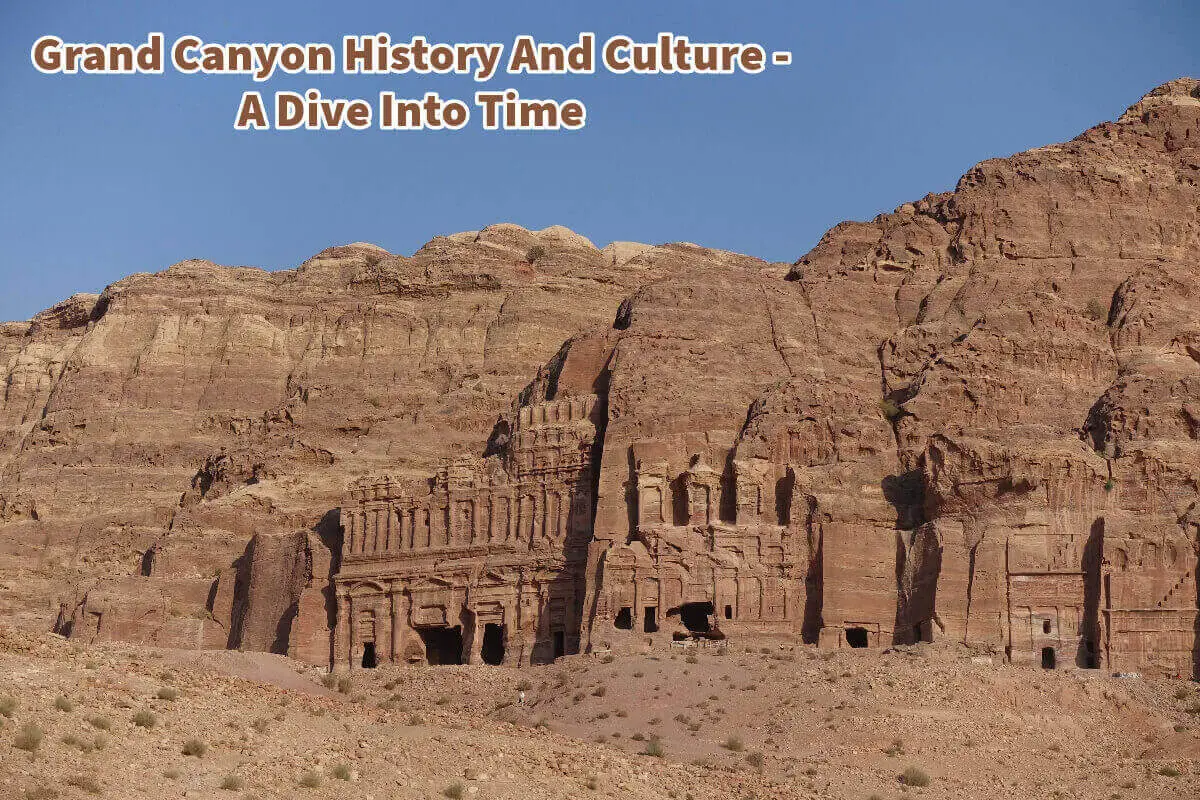The Grand Canyon is one of America’s most awe-inspiring natural wonders. A journey to this captivating landscape is worthwhile and promises an experience that imprints on one’s memory. While its vastness and beauty often leave visitors speechless, beneath the surface lies a rich tapestry of history and culture waiting to be explored.
Many who set foot on the canyon’s edges might be unaware of the layers of stories it holds. Beyond its geological magnificence, the Grand Canyon echoes tales of native communities, cultures that thrived, and histories that shaped the very essence of the place. Dive in with us as we journey through the intertwined legacy of nature and culture at the Grand Canyon.
Table of Contents
Grand Canyon History And Culture: A Deeper Dive Into Time
The Grand Canyon, stretching across the heart of Arizona, isn’t just a natural marvel; it’s a treasure trove of history and culture. Every layer of its rock and every story of its inhabitants adds depth to this magnificent chasm. Here’s a closer look into its rich tapestry.
Artifacts Discovery At Grand Canyon
The Grand Canyon whispers tales from ages past, and archaeologists have been fortunate to unveil some of its secrets. Ruins and artifacts prove that inhabitants called this place home nearly 12,000 years ago.

These prehistoric humans established settlements around the canyon during the last Ice Age, when the behemoth mammoths, towering giant sloths, and other fascinating megafauna roamed North America.
Significant stone spear points are one of this era’s most telling pieces of evidence. These ancient tools indicate early human presence and reveal stories of survival, hunts, and a deep connection with the natural environment.
They remind us that the Grand Canyon has always been more than just a scenic wonder—it has been a home, a hunting ground, and a sanctuary.
Split Twig Figures Discovery At Grand Canyon
In the shadows of the canyon wall, within its myriad caves, another enigmatic discovery was made—split-twig figurines. Dating between 1000 and 2000 B.C., these intricate artifacts are shaped to resemble deer and bighorn sheep.

Their presence in such secluded spaces sparks curiosity and has been a subject of much speculation.
Anthropologists believe that these figurines might have held ritualistic importance. It’s theorized that prehistoric hunters might have carefully crafted and placed these figures in caves as a form of ritual to ensure a successful hunt.
The very act tells us about the spiritual and cultural practices of the time and how deeply intertwined they were with nature and its beings.
Ancestral Pueblo People And Other Tribes At The Grand Canyon
The Ancestral Pueblo people further enriched the Grand Canyon’s cultural tapestry, and the Paiute, Navajo, Zuni, and Hopi tribes followed them. Each tribe brought its unique heritage, traditions, and stories to the canyon’s vast landscapes.

These tribes, over time, left indelible marks on the canyon, from their dwellings to their artworks, from their farming terraces to their spiritual sites. They saw the Grand Canyon as a place to live and a spiritual sanctuary, a world within which the spirits of the earth, sky, and water converged.
The Havasupai People And The Grand Canyon
Deep within the heart of the Grand Canyon, the blue-green waters of Havasu Creek wind their way, and here, the Havasupai people have called this place home for over 800 years. According to their tribal history, the canyon’s waterfalls, cliffs, and valleys are not just geological features but are intertwined with their ancestral stories and spiritual beliefs.
However, history wasn’t always kind to the Havasupai. With the establishment of the Grand Canyon as a reserve and then a national park, they faced the painful experience of losing almost all their ancestral lands, as these became public lands.

The Havasupai’s Reclamation
But the story doesn’t end in despair. In 1975, after years of struggle, the Havasupai witnessed a landmark moment. Influential newspapers, including giants like the Wall Street Journal and Los Angeles Times, championed their cause. As a result, they regained a significant portion of their ancestral lands from the federal government.
Today, the Havasupai have turned towards tourism, weaving a sustainable future that respects their heritage. The mesmerizing cerulean pools of Havasu Falls and the surrounding vibrant red rock formations have become a major attraction, drawing around 20,000 visitors annually.
The Grand Canyon’s allure lies in its grandeur and the stories it holds. From ancient artifacts to tribal histories, it serves as a reminder of our deep connection with nature and the importance of preserving the land and its stories for future generations.
If the opportunity arises to visit the Grand Canyon and delve into its rich history and culture, we urge you to seize it. With its mesmerizing landscapes, the Grand Canyon also holds traces of the people who once graced its expanse.
Their legacy is interwoven with the very fabric of this awe-inspiring land, making it an experience of both natural and cultural wonder.
At A Bus On A Dusty Road, we talk about everything about travel, life, sailing, and ex-pat living. We are all about “Living Life As A Global Citizen.” We explore social, cultural, and economic issues and travel.
We would love to have you be part of our community. Sign up for our newsletter to keep up-to-date by clicking here. If you have any questions, you can contact me, Anita, by clicking here.
Listen to our Podcast called Dusty Roads. You can find it on all major podcast platforms. Try out listening to one of our podcasts by clicking here.
Subscribe to our A Bus On A Dusty Road YouTube Channel with great videos and information by clicking here.
Related Questions
Best Virtual Challenges And Why We Love Them
Our top pick for doing a Virtual Challenge is the Conquer Virtual Challenge. We like the Conquer Virtual Challenge, but we appreciate their app and the many challenges they have worldwide. We love Virtual Challenges because we find them motivating, and it keeps us connected with others as we virtually travel around the globe.
By clicking here, you can discover Best Virtual Challenges And Why We Love Them.
Virtual Challenges – How Do They Work?
Virtual challenges are, as the name implies – virtual challenges – you will purchase the challenge and then have access to their app, allowing you to record your miles as you virtually complete a predetermined route. At the end of most challenges, you will receive a medal or certificate acknowledging that you have completed the actual miles.
You can learn more by reading Virtual Challenges – How Do They Work? by clicking here.
Is The Conqueror Virtual Challenge Legit?
The Conquer Virtual Challenge is 100% legit. Upon completing a challenge, you will receive a medal for acknowledging that you have completed the challenge. You can also pay extra to get a T-shirt or purchase other merchandise. Even though this challenge is 100% virtual, it is a great way to virtually experience other parts of the world.
You can discover more by reading Is The Conqueror Virtual Challenge Legit? 10 Things to Know And Understand by clicking here.


